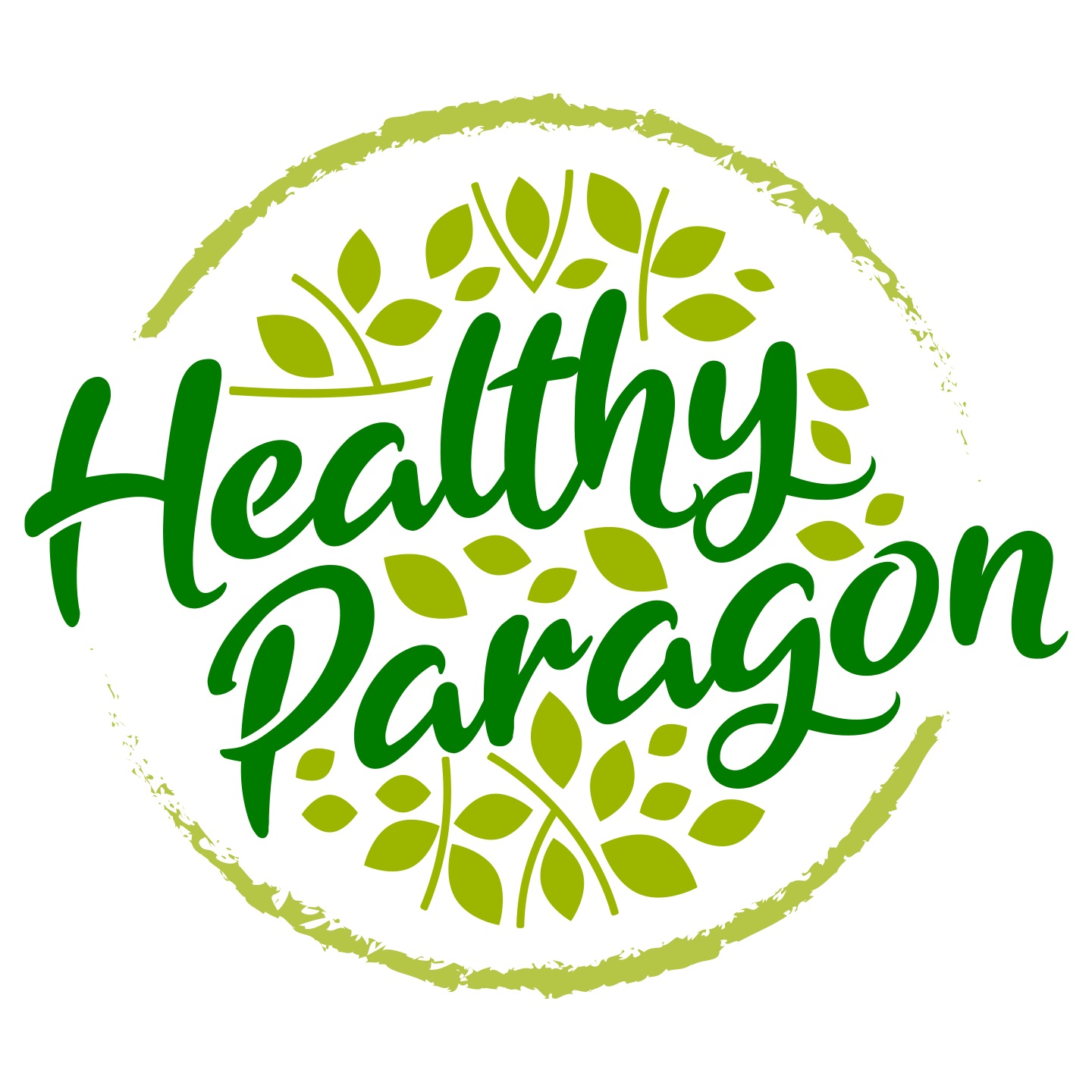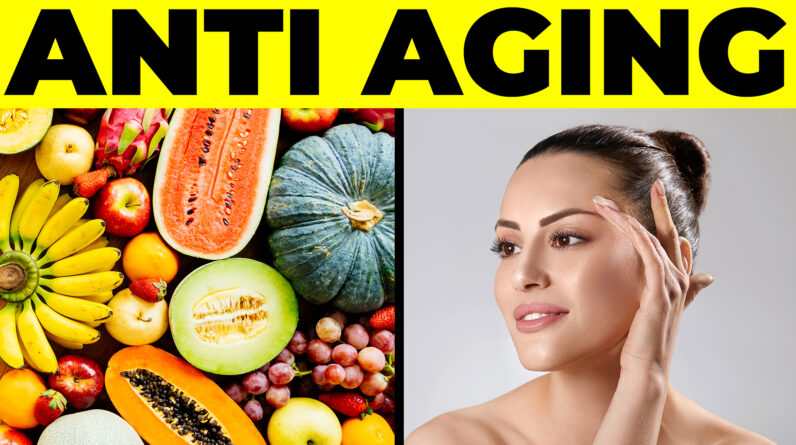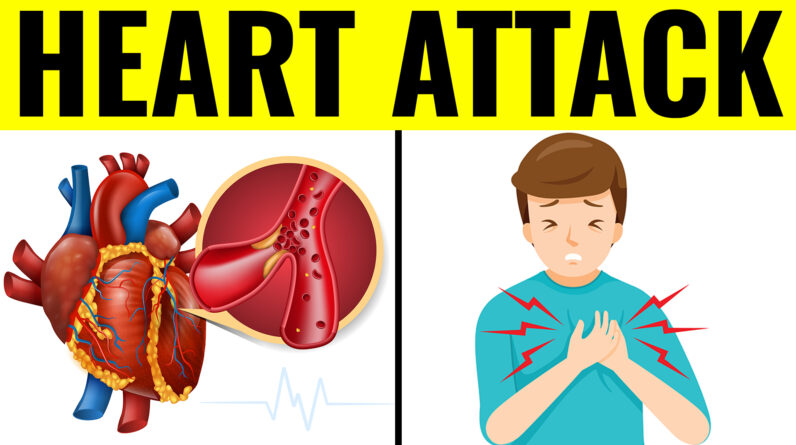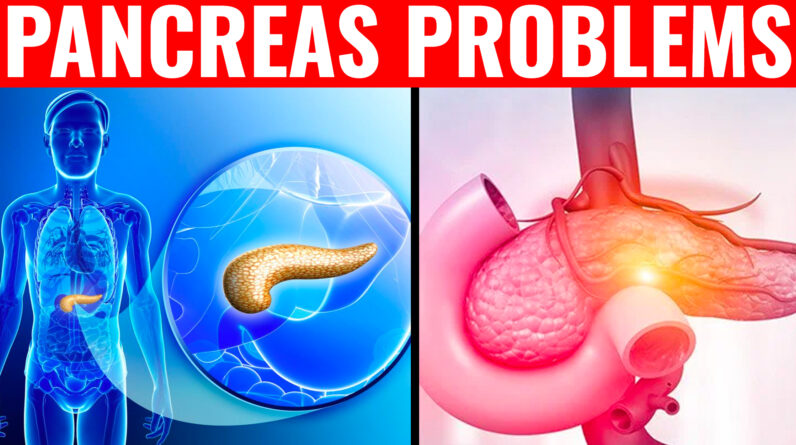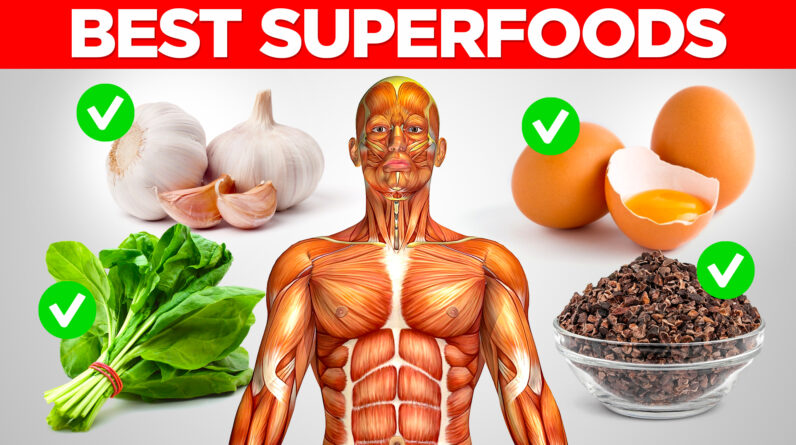
When we talk about superfoods, it is important that you bear in mind that there is no one food that contains all the nutrients that your body needs. That is, there is no one food that is completely balanced such that there is no need for it to be complimented with other foods.
However, when we refer to a food as super, we are simply saying that this food contains more than its fair share of nutrients, and so deserves to be a frequent member of our meal. So, in no particular order, here are top 10 superfoods:
Eggs
Without a doubt, eggs are one of the most nutritionally packed foods in existence. Just one egg contains 9 essential amino acids, about 6 grams of protein, and an impressive amount of vitamins and minerals including iron, phosphorus, and vitamins B12, B2, and B5. All of this in just one egg.
That same egg also contains about 150mg of a nutrient called choline, which is produced in the liver but not in the quantity that the body needs. Now, this nutrient helps to improve brain function, reduce the amount of cholesterol in the blood, and also helps your body to build and repair DNA. That said, 150mg of choline is about 30% of your daily choline requirement; so what this means is that eating two eggs will give you more than half of your daily choline requirement.
Considering all of this goodness that is contained in just one egg, it is quite impressive that it still manages to be really healthy. It contains only 77 calories and 5 grams of fat, making it a great food for people who are looking to lose weight. If this isn’t the definition of ‘super’, I don’t know what is.
Berries
While blueberries are more popular for being superfoods, other berries are not doing any badly either. They each have their own strong suits, and blueberries are, without a doubt, the best of them all. But the nutrients that they all have in common earns them a spot on the list of superfoods as a group.
Whether you are eating a blueberry, a blackberry, a cranberry, a strawberry, or a raspberry, you can be sure that you are getting a lot of fiber for proper digestion, and a lot of antioxidants that help fight off a host of cancer-causing free radicals. And in all of these, they are really low in calories, so you can eat as many as you want.
Garlic
While garlic tends to linger on the breath and even the body for an ungodly length of time, no one can deny the fact that it makes for a great spice. Adding garlic to your food is certainly going to bump things up, taste-wise. But garlic isn’t only great for spicing up your food, it also has a lot of health benefits that certify it as a superfood.
For one, garlic contains a number of antibacterial and antiviral properties; what this means is that eating garlic can help your body to keep away from or fight off a number of bacterial and viral diseases. Garlic also contains a compound called allicin which helps to reduce inflammation and also offers a number of antioxidant benefits. With manganese, iron, potassium, and vitamins B and C as some of its content, there is no denying that garlic is a superfood.
Fish
Like red meat, fish is a great source of protein, but unlike red meat, fish offers you this high quality protein without added and unnecessary saturated fats. As a result, fish is a great protein substitute for everybody, but especially people who battle with heart diseases and high blood pressure.
Something else that fish, alongside other seafood, is known for is its high concentration of omega 3 fatty acids. In fact, seafood and other seafood derivatives like fish oil are basically the only sources of omega 3 fatty acids, and omega 3 are almost magical. They help to prevent heart disease and stroke, alleviate depression, and could also help to control a range of medical issues including eczema, rheumatoid arthritis, and lupus.
Dark Leafy Greens
Most nutritionists are of the opinion that the darker the green of the vegetable, the more nutrients it packs. So, if you will be putting in the work to eat your vegetables, you want to go dark and leafy like spinach, kale, lettuce, and collard greens. These guys are packed full of dietary fiber that not only help with digestion and proper bowel movement but also help to reduce the risk of colorectal cancer.
They also contain carotenoids which act as antioxidants and could help in the prevention of a number of cancers too. It sure doesn’t hurt that they are very filling.
Avocados
Avocados are way more popular now than they used to be; in fact, they have a place in pop culture that doesn’t seem to be in contest. Thankfully, the hype is justified because avocados are nothing short of great. They contain an incredible amount of nutrients, including magnesium and both polyunsaturated and monounsaturated fat.
The reason we like magnesium is because it helps the body with blood pressure and blood sugar regulation, and a magnesium deficit puts one at increased risk of type 2 diabetes. And as for why the unsaturated fat content is worth mentioning, you should know that saturated fat could cause all sorts of issues including blocked blood vessels and a number of heart diseases.
Nuts
While plant protein sources do not contain all the amino acids that the human body needs, they certainly have one big advantage over most animal sources and that is the reduced quantity of saturated fat. So, whether or not veganism or vegetarianism is for you, it is important that we all consider increasing the amount of plant-based proteins in our diet.
Now, one of the easiest ways to increase your plant protein consumption is by going nuts. Almonds, hazel nuts, pecans, walnuts, whatever kind of nut; adding these to your diet is quite easy to do, and just like that, you are increasing your protein consumption.
However, nuts are not only good for protein; they also contain monounsaturated fat, and word around town is that this monounsaturated fat might help to reduce one’s risk of heart failure or heart disease. In addition, they have a healthy amount of fiber, vitamins and minerals, and also antioxidants that could help prevent a number of cancers.
Legumes
Still talking about plant-based protein, legumes are a great source of protein. Your legumes include black beans, kidney beans, red beans, and all the different kinds of beans, including chickpeas, lentils, and peas. First off, they have a reduced amount of saturated fat, like most other plant protein sources, which is a good thing because saturated fat can raise cholesterol levels and increase one’s risk of heart disease.
In addition, legumes contain a high amount of fiber, and also a high amount of vitamins that help with blood sugar regulation and even weight loss.
Citrus Fruits
There are two major reasons that citrus fruits are considered superfruits: their high fiber content and their high vitamin C content. Both these nutrients are very important to the human system, so if you can find foods that can give them to you in large quantities, you just have to add them to your diet.
Citrus fruits are also really low in calories and high in water; as a result, you can consume them in large quantities without doing harm to your body. However, you should know that citrus fruits and citrus juices are not equal nutritionally, regardless of whether or not that juice is home-made. When you decide to drink just the juice, you are letting go of all the nutritional value contained in the roughage. So, while I am not saying that you should not take any citrus juice, I am saying that you should not take them as a replacement for citrus fruits.
Tomatoes
And last, but certainly not least, we have tomatoes. Tomatoes are currently the 4th most bought fresh-market vegetable behind potatoes, lettuce, and onions, and that is because more and more people are coming to appreciate how great tomatoes are. For one, tomatoes contain a range of vitamins including A and C, and also contain a nutrient called lycopene that could help protect our cells from damage.
Tomatoes also contain other nutrients including potassium, vitamin c, fiber, and choline. And it sure doesn’t hurt that you can have your tomatoes in a number of different ways.
